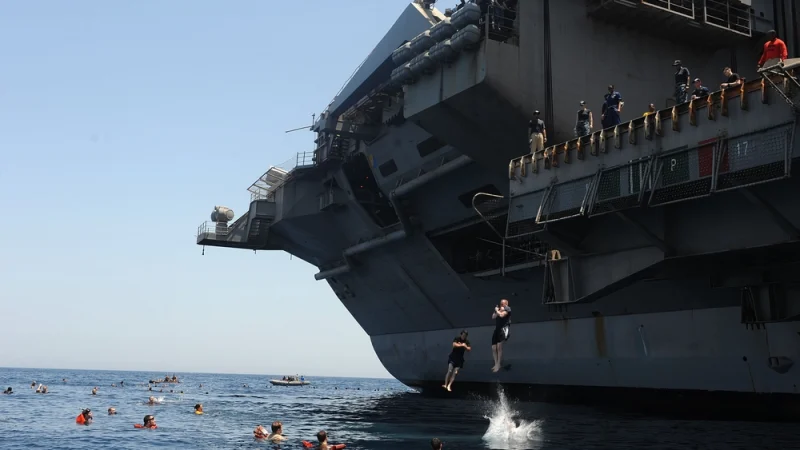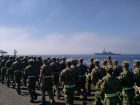Do you need to know how to swim before OCS? No. But it is recommended that you know prior to attending OCS. You will need to pass the third class swim qualification in order to proceed.
Officer Candidate School is operated by the United States Navy in Newport, Rhode Island. The 12-week course is meant to provide candidates with an understanding of the Navy on land and at sea. Additionally, OCS is incredibly physically demanding; physical training begins the moment a recruit arrives on base. Physical training will consist of running, calisthenics, and swimming. Arriving at Officer Candidate School in good physical condition can contribute in your success. If you want to learn more you can read my OCS journey series here.
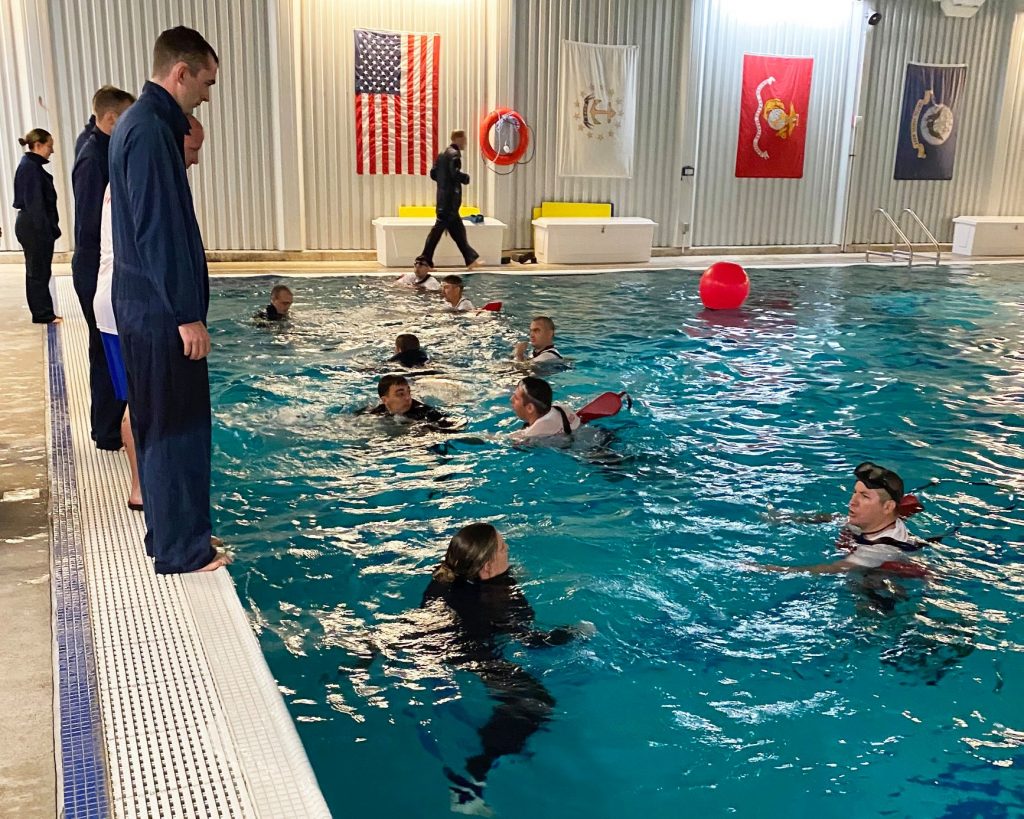
The U.S. Navy believes that a sharp mind and a strong body are essential qualities for a naval officer. The purpose of physical training during OCS is to improve endurance, stamina, and general physical conditioning. In order to participate in training, you must have appropriate levels of body fat: 22 percent for men and 33 percent for women under 40. Within the first two days, you will participate in a physical fitness assessment, or PFA, consisting of height and weight measurements, sit-and-reach, curl-ups, push-ups, and a 1.5-mile run.
There will be 2 swim qualification, one right after the initial physical assessment and the order is around the second week of the program. However, there are many practice sessions and lessons for the swim qualification.
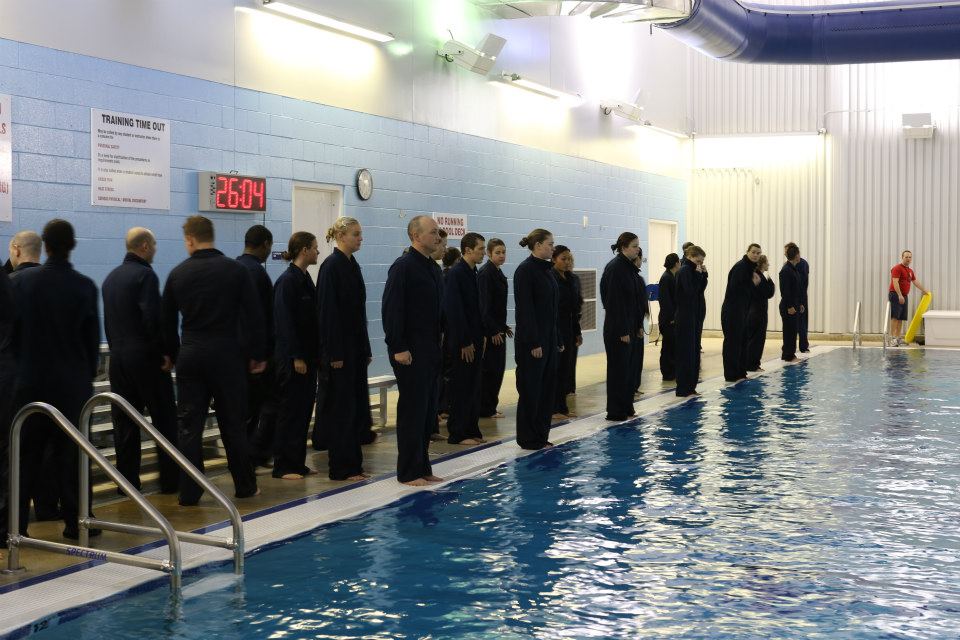
Before you can begin OCS as an indoctrination candidate, you must fulfill or surpass the “Probationary” performance standards for individuals of your age range and gender. So the chart will vary based on your age.
Third Class Swim Test
The 3rd Class Swim Test is conducted during the initial weeks of OCS and is repeated until you pass. This examination consists of four distinct tests.
- The first one is the abandon ship jump, in which we must leap from a 12-foot tower to mimic abandoning ship.
- The second test consists of a 50-yard swim utilizing any combination of the following strokes: crawl, breaststroke, sidestroke, and elementary backstroke.
- Last one is a five-minute prone float in which you float face down for five minutes using survival floating abilities.
- In addition to staying afloat, you will be necessary to complete a shirt and trouser inflation by filling a shirt and pair of pants with air.
Those test are relatively simple, in my opinion, especially for those who are uncomfortable in the water. If you follow the advise to hold your nose and cross your hands while leaping, it will prevent water from entering your nose and make it easier to bounce back. For the floating tests, attempt to back float if possible; you will float regardless. One simple rule, do not panic!
1. Ship-Jump
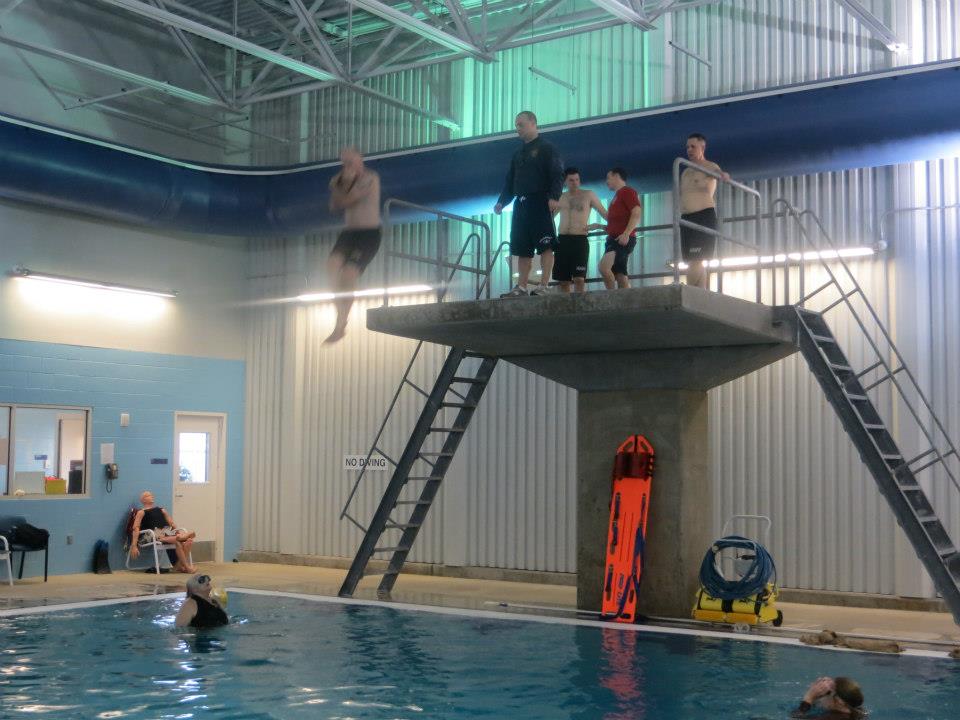
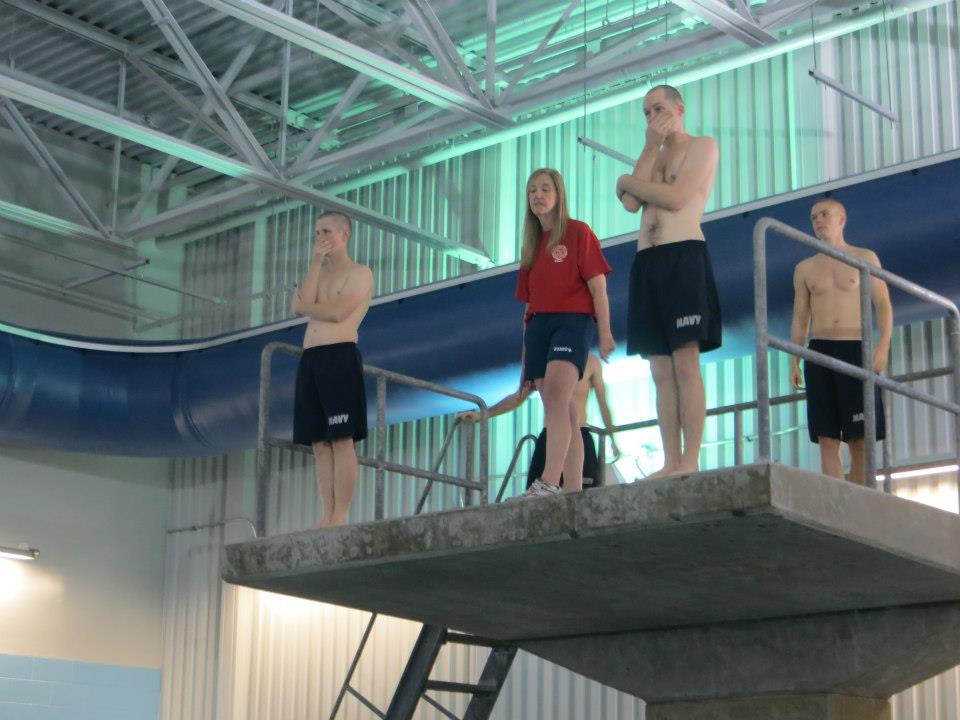
2. 50 yard swim
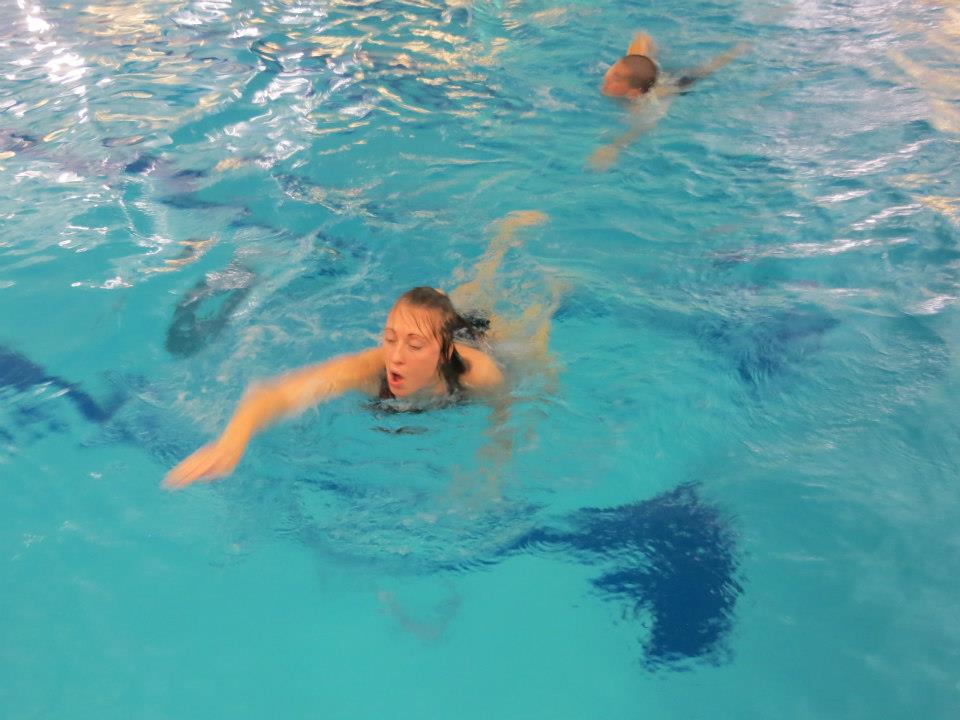
3. 5 minutes Face-down float
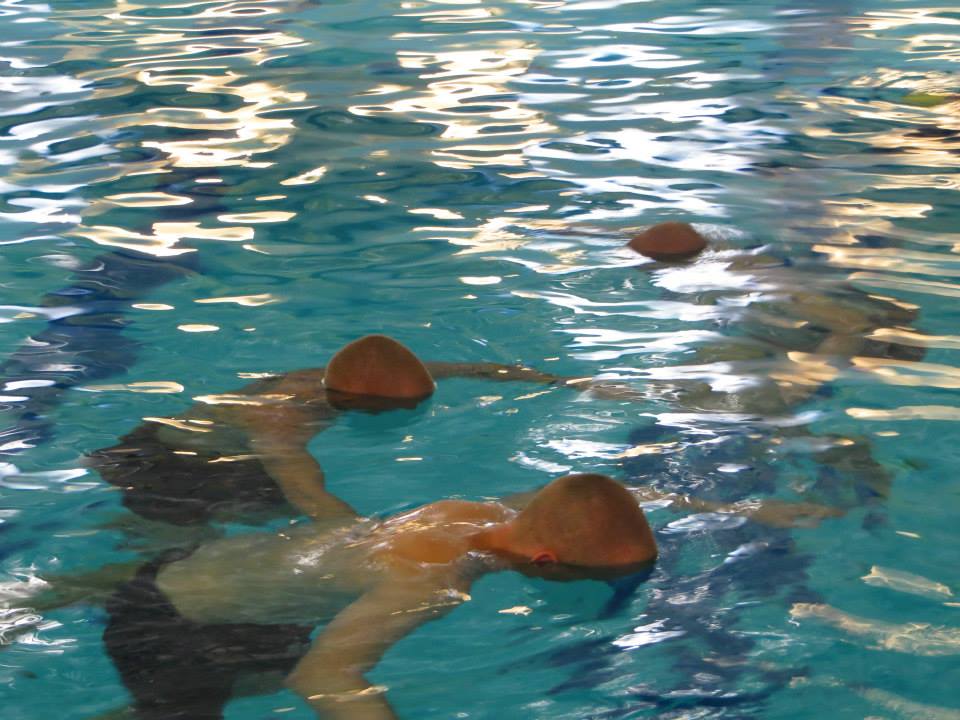
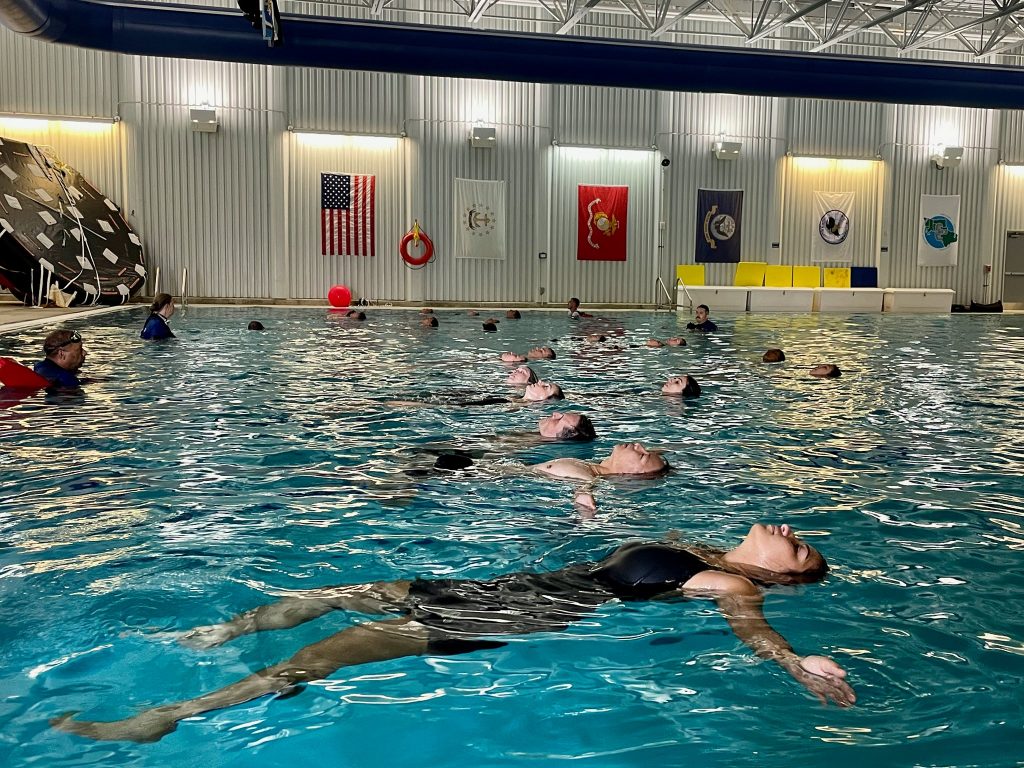
4. Floating with a shirt or trouser
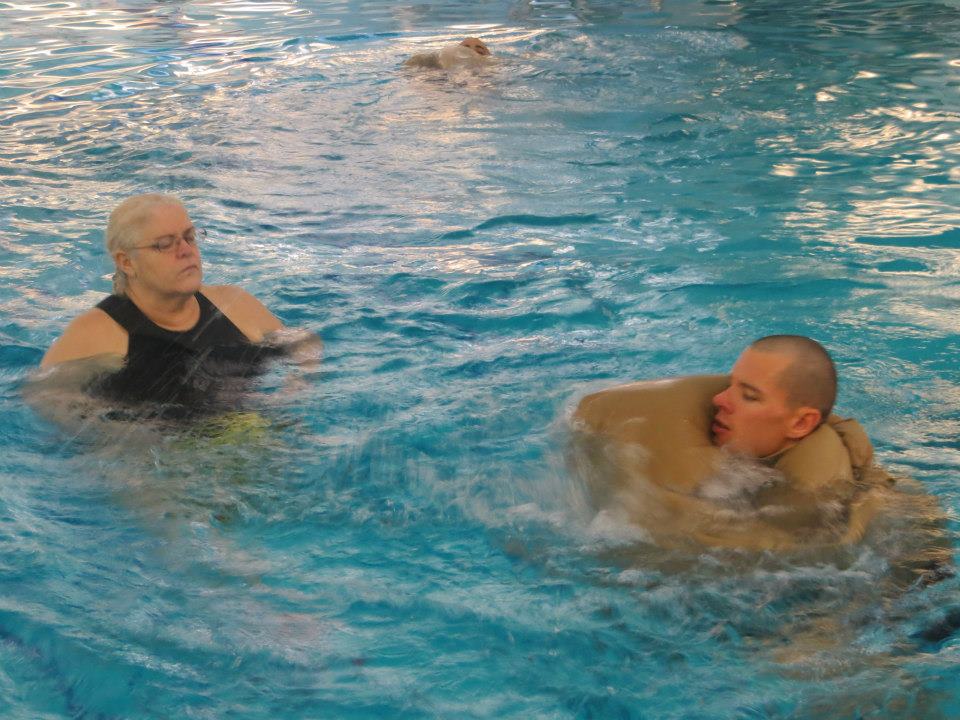
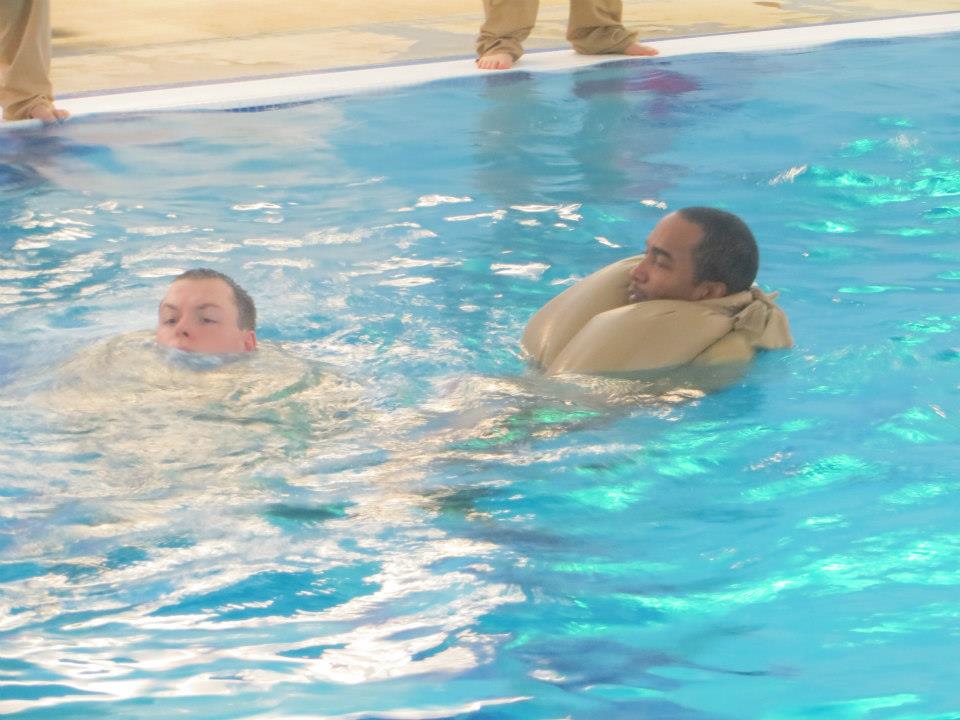
I went to OCS back in the 2010s, so it's possible that a lot has changed since then. This information is being shared with you solely for your own education. Photo credits: Navy OCS Page (Remember that we are not allowed to use phone/electronic devices during OCS so there was no way any candidate can take any picture during OCS)
